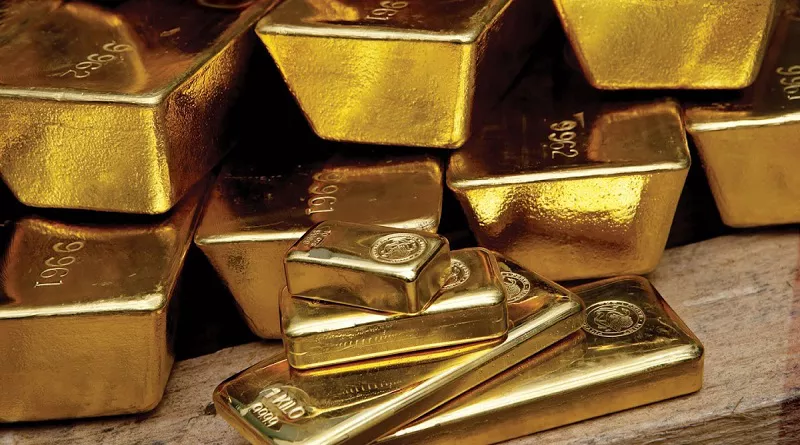Despite stable economic activity reported for the first quarter, the gold market has largely remained unaffected, focusing instead on other factors driving investor sentiment.
The latest update from the Bureau of Economic Analysis revealed that the U.S. gross domestic product (GDP) expanded by 1.4% in the first quarter of the year, slightly higher than the previous estimate of 1.3%. This upward revision primarily resulted from adjustments to imports, nonresidential fixed investment, and government spending, although consumer spending saw a slight downward revision.
Compared to the robust 3.4% growth seen in the final quarter of 2023, the current growth rate reflects a deceleration in economic momentum.
In response to the GDP data, August gold futures saw a modest increase, trading at $2,331.20 per ounce, up 0.78% for the day. However, market reaction to the benign economic figures has been muted, indicating that other factors are currently driving gold prices.
Economists have noted underlying concerns despite the overall stable growth. The downward revision in consumer spending, adjusted from 2.0% to 1.5%, suggests potential challenges ahead. Thomas Ryan, North America Economist at Capital Economics, highlighted that these revisions could impact second-quarter expectations once detailed breakdowns become available.
“While the first-quarter data shows resilience, the downward adjustments in consumer spending and real personal disposable income growth reinforce the challenges consumers face amidst higher rates and prices,” Ryan commented.
Nevertheless, analysts caution that the current economic data’s market impact is limited, especially as the second quarter nears its end. Investors are likely awaiting additional economic indicators and geopolitical developments that could sway market sentiment in the coming weeks.


